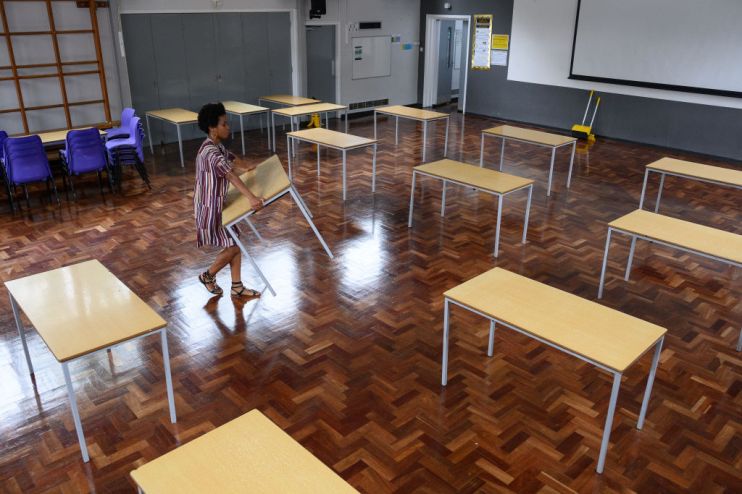UK coronavirus: Second wave could be double the size of first

Reopening schools in September without an effective test, track and isolating system could result in a second wave of coronavirus more than double the size of the UK’s first, according to a new modelling study.
Researchers from UCL and the London School of Hygiene and Tropical Medicine (LSHTM) examined the potential effects of reopening schools alongside broader lockdown relaxations across society, including parents returning to the workplace.
The study, published in medical journal the Lancet, simulated what would happen in an “optimistic” scenario assuming 68 per cent of contacts of people who tested positive could be traced.
It found that “with increased levels of testing… and effective contact tracing and isolation, an epidemic rebound might be prevented”.
But in a stark warning to the government, the study found that in a worst-case scenario a UK second wave could be 2.3 times higher than the first.
The model assumed that around 70 per cent of parents would return to their workplace once their children went back to school.
It also assumed the reopening of schools would result in a 90 per cent increase of mixing within the community.
There have now been more than 306,000 confirmed cases of coronavirus in the UK, and 46,210 fatalities, before any second wave.
Chris Bonell, professor of public health sociology at LSHTM and one of the authors of the study, said the current testing system has “about 50 per cent coverage”.
“Our findings suggest that it might be possible [to avoid] a second epidemic wave in the UK, if enough people with symptomatic infection can be diagnosed and their contacts traced and effectively isolated,” he said.
“Reopening schools fully in September, alongside reopening workplaces in society, without an effective test, trace, isolating (TTI) strategy could result in a second wave of [UK] infections between two and 2.3 times the size of the original wave.
It comes as new cases of coronavirus in England last week spiked for the first time since April, according to the Office for National Statistics (ONS).
ONS figures showed that there were around 4,200 new infections in the community per day in England between 20 July and 26 July.
Bonham said the ONS figures showed the UK’s testing capabilities were “not good enough” to effectively deal with the fresh bout of infections.
“It looks from the ONS data like there are about 4,200 new infections per day. And it looks like from the testing data there are about 4,200 testing positive per week. So it looks like about one in seven. So, that’s not good enough, basically,” he said.
The study added that a potential UK second wave induced by schools reopening “would peak in December 2020 if schools open full-time in September”.
Before the Open: Get the jump on the markets with our early morning newsletter